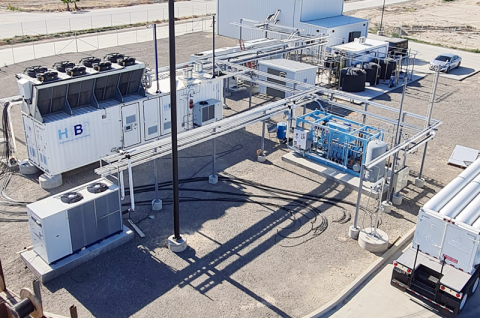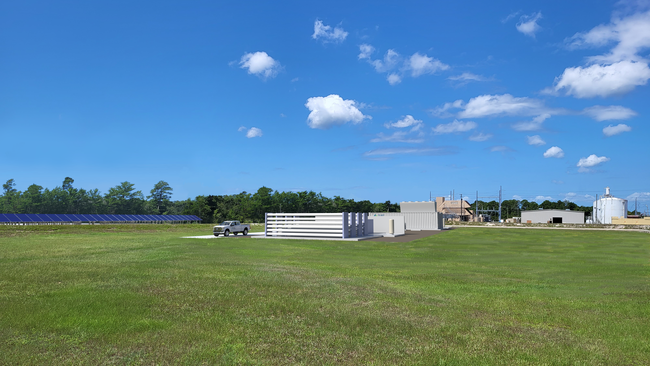Duke Energy announces end-to-end green hydrogen system in Florida
American energy firm Duke Energy has recently proposed one-of-its-kind demonstration project to create clean energy using an end-to-end system to produce, store and combust green hydrogen at its DeBary plant, Florida in the United States. The project aims to provide innovative solutions to benefit end users by adding more renewable energy to the grid.
The project is the result of collaboration between Duke Energy, Sargent and Lundy, and GE Vernova. The system will begin with the existing 74.5 MW DeBary solar plant providing clean energy for two 1 MW electrolyzer units to produce hydrogen.
While the resulting oxygen out of the electrolysis process will be released into the atmosphere, the hydrogen produced will be delivered to nearby, reinforced containers for safe storage, the company said.
RELATED: Low-emission hydrogen production set to more than triple by 2026: IEA report
At times when energy demand is highest, the system will deliver the stored green hydrogen to a combustion turbine (CT) that will be upgraded using GE Vernova technology to run on a natural gas/hydrogen blend or fully on hydrogen, added Duke Energy. The project will also be US's first CT in operation running on such a high percentage of hydrogen.
"Duke Energy is constantly evolving and seeking ways to provide clean, safe energy solutions to our customers," said Melissa Seixas, Duke Energy Florida state president.
"DeBary will be home to Duke Energy's first green hydrogen production and storage system connected to existing solar for power generation, and we are grateful to the city for allowing this innovative technology in their community", she added.
RELATED: EnerVenue bags 25 MWh metal-hydrogen energy storage project in Florida
Readily available hydrogen is a dispatchable energy source, available on demand, which can be turned on and off at any time. It is not dependent on the time of day or the weather, unlike other sources of renewable energy.
Duke Energy claims that dispatchable energy provides a needed element of reliability that will enable utilities to add more intermittent energy sources, even during extended periods of high demand.
Relying on intermittent energy sources without available dispatchable energy sources would put future power system at risk of having insufficient energy to serve customer demand, it notes.
The company expects the system to become operational by 2024, with the construction starting later this year.























